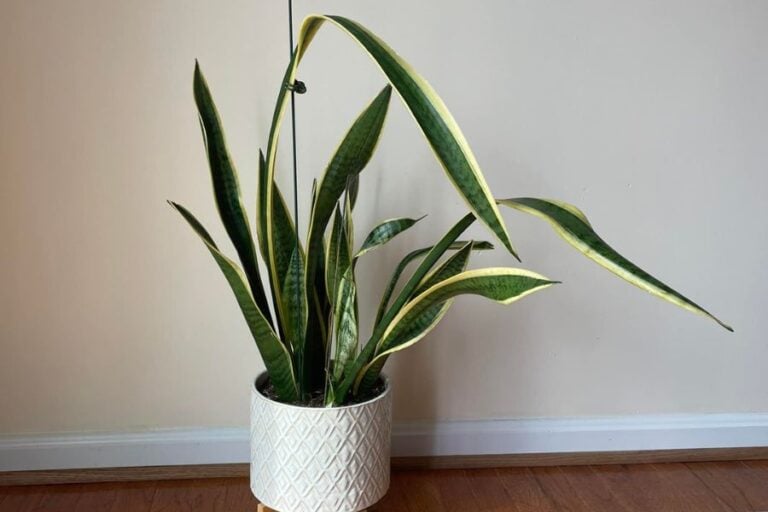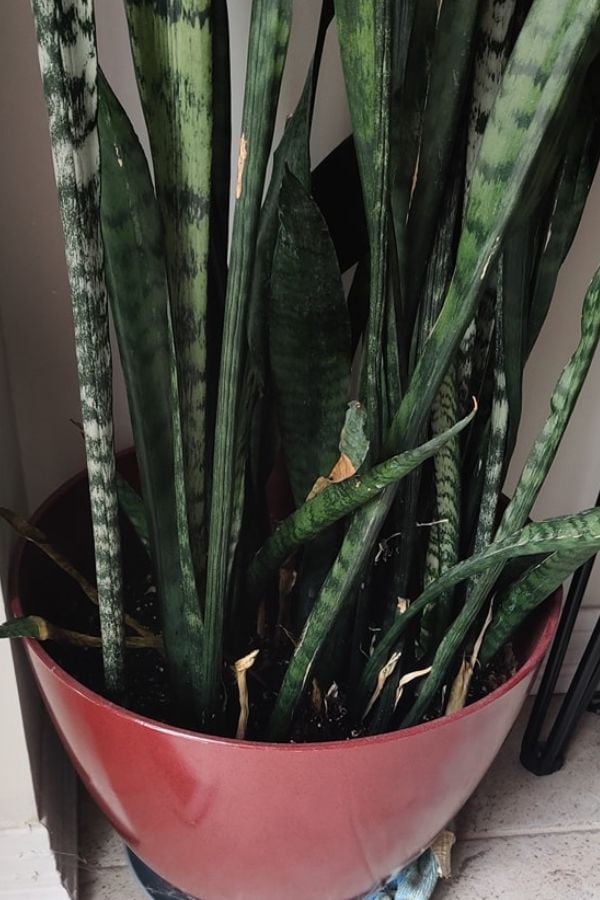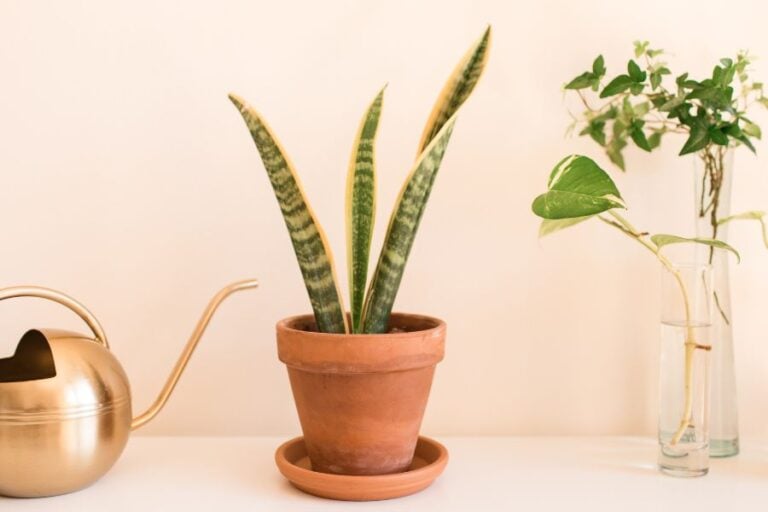Is It Bad If A Snake Plant Flowers? Here’s The Truth
Snake plant AKA sansevieria, with its sleek and stylish appearance, is a staple in the world of houseplants.. But wouldn’t you be surprised if one day, out of the blue, your Sansevieria started to bloom? You might have even stumbled upon online claims that “blooming Sansevieria is a bad omen.” In this article, I’ll unveil…









